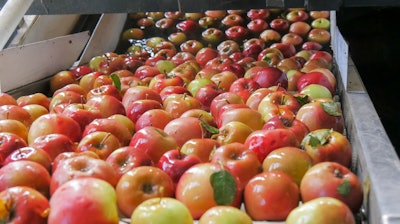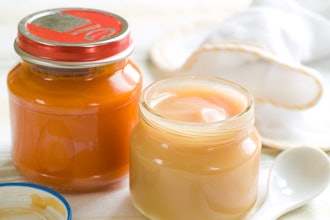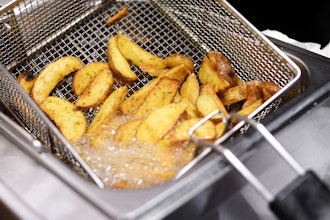
Apple puree is a major market player, integral to various products, yet its quality varies with the diversity of apple cultivars and processing conditions. For fruit processors, the ever-increasing variability of raw fruits means that their empirical knowhow may not be sufficient to produce expected and constant final purees. Recently, advances in Visible and near-infrared (Vis-NIR) spectroscopy have shown potential in predicting puree quality by analyzing the spectral data of apple varieties.
Food Innovation and Advances published an online paper entitled “Infrared guided smart food formulation: an innovative spectral reconstruction strategy to develop anticipated and constant apple puree products” on 19th March 2024. The paper proposes a smart food formulation model to optimize puree formulation, aiming to reach the anticipated and constant quality of final products.
This study describes an innovative concept concerning the feasibility of using infrared spectroscopy to drive the formulation of apple purees issued from the mix of single-cultivar purees. An innovative chemometric method based on multivariate curve resolution-alternative least squares (MCR-ALS) coupled with the spectra of single-cultivar purees was firstly tested to reconstruct the spectra of formulated purees.
PLS regression models coupled with selected Vis-NIR spectral variables demonstrated superior prediction abilities for color parameters, viscosity (η50), total sugar content (TSC), titratable acidity (TA), pH, glucose, and malic acid content in formulated purees. Innovatively, PLS models were developed using the reconstructed Vis-NIR spectra of all formulated purees and accurately predicted their a* color value (Rp2 = 0.92, PRD = 3.30), TSC (Rp2 = 0.86, PRD = 2.64), TA (Rp2 = 0.85, PRD = 2.55), and malic acid (Rp2 = 0.86, PRD = 2.67). Although prediction results for TSC and TA based on reconstruction spectrum were less accurate than direct spectral analyses, these results still opened a potential way to directly estimate the variation of sweetness, acidity and coloration for formulated purees based only on the selected Vis-NIR spectral variables of single-cultivar purees.
As far as we know, this is the first report demonstrating that Vis-NIR spectroscopy has the potential to guide puree formulation: a multiparameter optimization of texture and taste (viscosity, color, sugars and acids) of final apple purees can be obtained using only the spectral data of single-cultivar purees. The successful application of this innovative spectral reconstruction strategy offers novel insights into optimizing puree formulation for consistent quality, marking a significant advancement in the field of food technology. This chemometric approach not only enhances the predictive modeling of apple puree characteristics but also opens avenues for its application in smart food formulations, potentially revolutionizing the industry's approach to ensuring product quality and consistency.






















